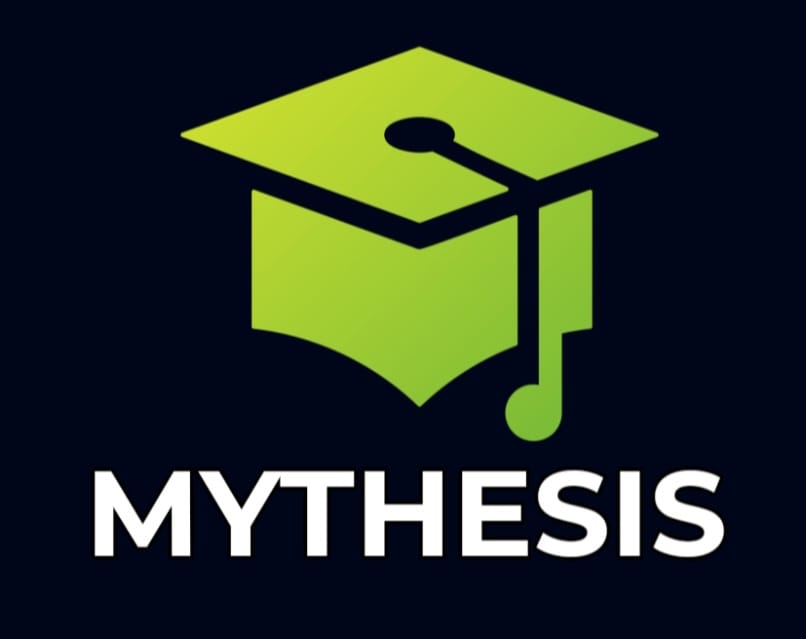

Plagiarism, the act of presenting someone else’s work as one’s own without proper attribution, undermines academic integrity and hampers intellectual growth. To uphold the principles of originality and authenticity, effective strategies for plagiarism removal are essential by MYTHESIS.
This article explores various approaches and techniques to combat plagiarism, ensuring that originality is preserved in academic and professional spheres.
1. Understanding Plagiarism :
Before delving into plagiarism removal strategies with MYTHESIS, it is crucial to understand the different forms of plagiarism. Direct plagiarism involves verbatim copying, while mosaic plagiarism involves patching together borrowed phrases without proper citation. Additionally, self-plagiarism refers to recycling one’s own work without acknowledgment. Understanding these nuances helps in identifying and addressing plagiarism effectively.
2. Prevention through Education :
One of the most effective ways to combat plagiarism is through education and fostering a culture of academic integrity. Institutions should provide comprehensive training programs on proper citation methods, paraphrasing techniques, and the importance of originality. Students and professionals must be made aware of the consequences of plagiarism and the ethical responsibilities associated with their work.
3. Utilizing Plagiarism Detection Tools :
Plagiarism detection tools play a crucial role in identifying instances of plagiarism for MYTHESIS. These tools use advanced algorithms to compare submitted work with a vast database of academic sources, online content, and previously submitted documents of Statistical analysis. Popular tools such as Turn it in, Grammarly, and Copyscape provide detailed reports highlighting potential plagiarized sections, enabling authors to rectify the issue and ensure originality.
4. Effective Paraphrasing Techniques :
Paraphrasing is an essential skill in avoiding plagiarism. It involves expressing someone else’s ideas in one’s own words while maintaining the original meaning. To paraphrase effectively, authors must understand the source material thoroughly and then restate it using different sentence structures and vocabulary for PhD dissertation. Proper citation is still necessary to give credit to the original author.
5. Citation and Referencing Guidelines :
Accurate citation and referencing are crucial to acknowledge the contributions of others and avoid plagiarism of thesis India. Familiarity with various citation styles, such as APA, MLA, or Chicago, ensures consistent and proper attribution. Following guidelines for in-text citations, bibliographies, and reference lists reduces the risk of unintentional plagiarism and strengthens the author’s credibility.
6. Peer Review and Feedback :
Engaging in peer review processes and seeking feedback from mentors and colleagues is valuable in preventing plagiarism. Peer reviewers can identify potential instances of plagiarism and provide suggestions for improvement with MYTHESIS. Constructive feedback helps authors refine their work, strengthen their original ideas, and ensure proper attribution when referencing other sources.
Conclusion:
Preserving originality and combating plagiarism is essential in maintaining academic integrity and fostering a culture of innovation among thesis writers in India. By implementing education initiatives, utilizing plagiarism detection tools, practicing effective paraphrasing, and adhering to citation guidelines, we can safeguard the importance of authentic and original work. Let us embrace these strategies to nurture a climate of integrity and intellectual growth.
